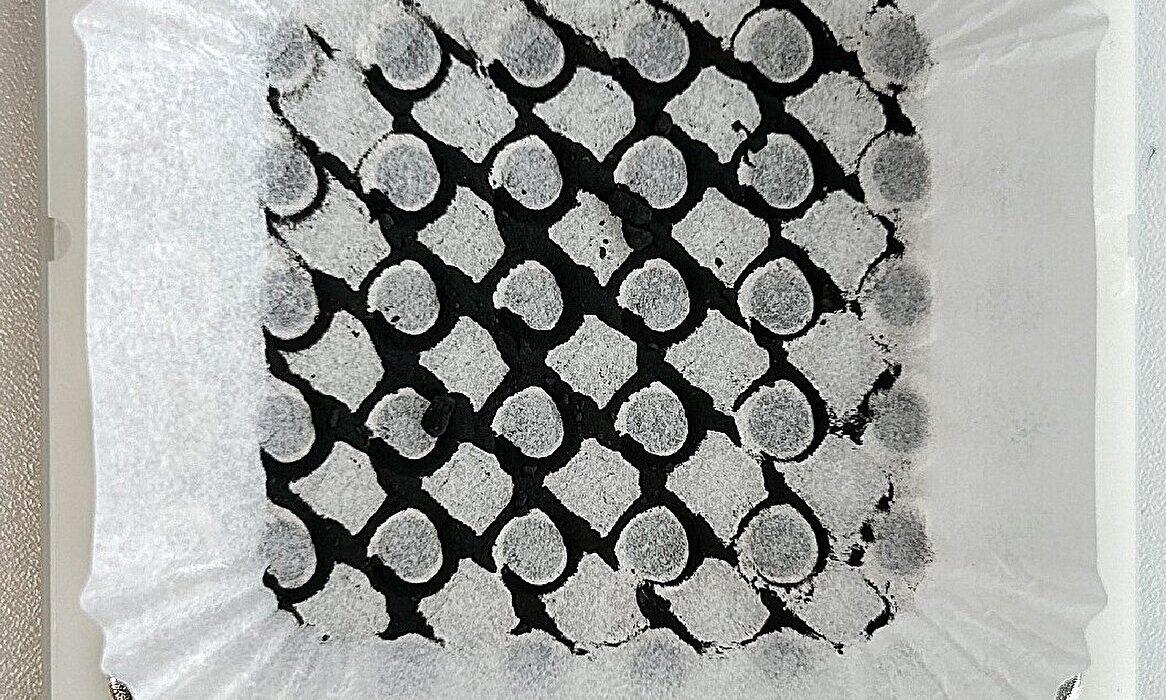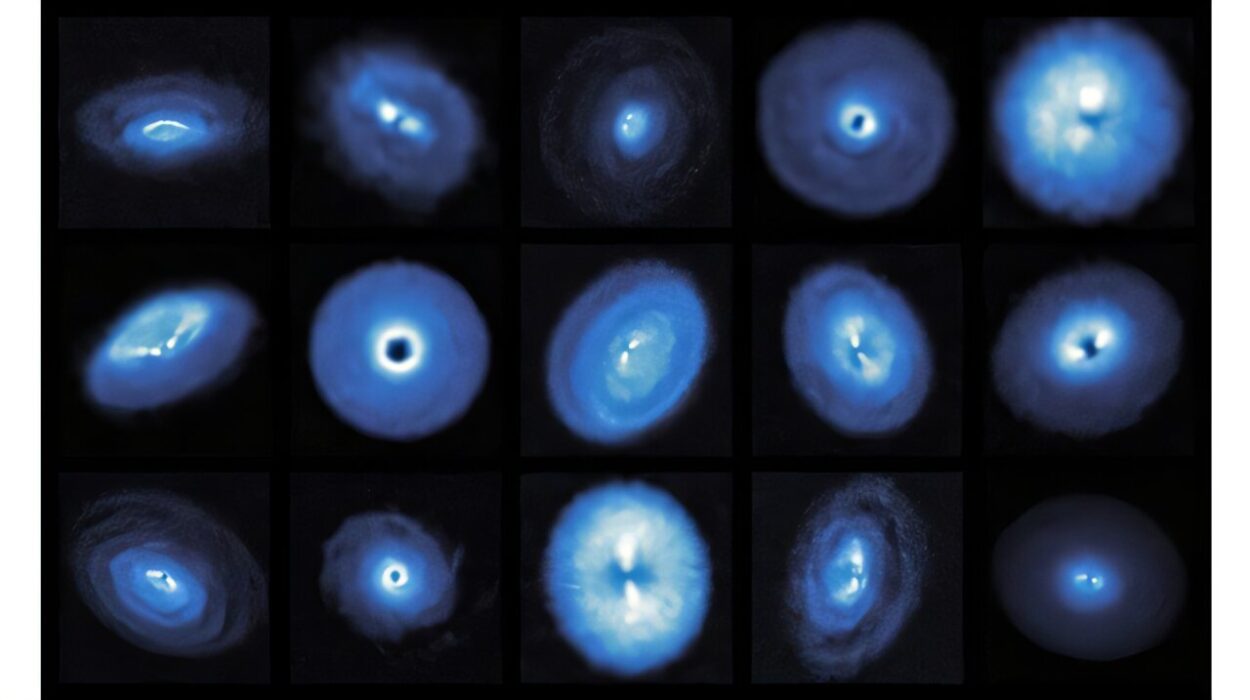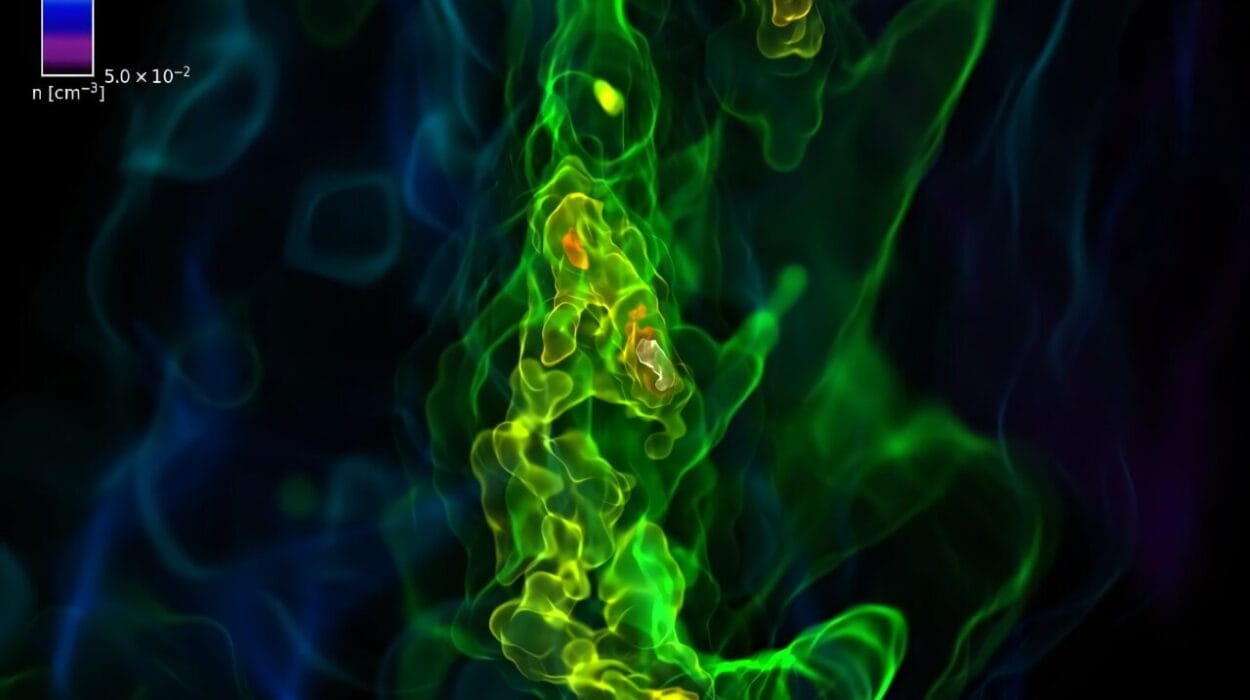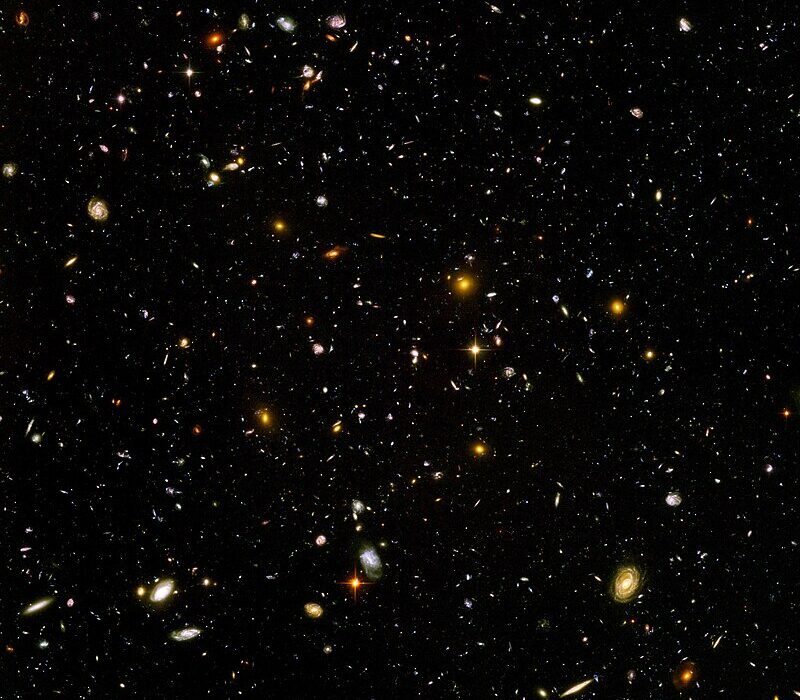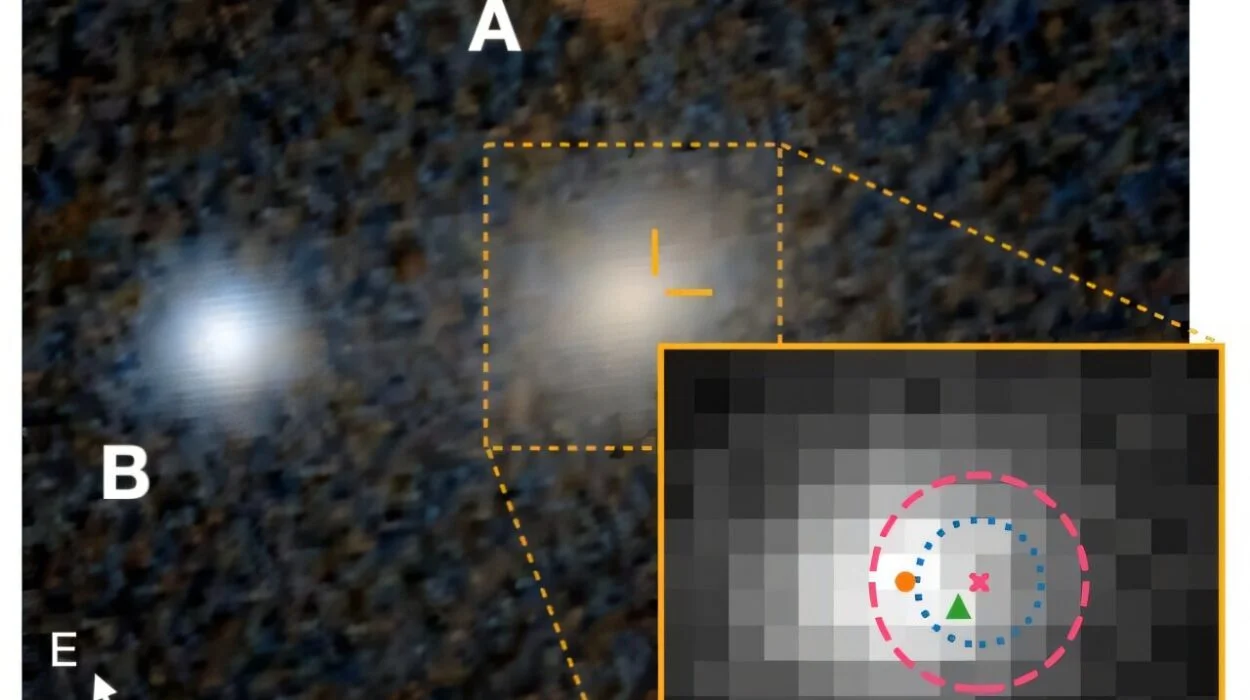In the vast stillness of space, where the light from ancient stars lingers like whispers from the past, astronomers have just heard something extraordinary—a star that didn’t just die once, but twice.
A new study, published in Nature Astronomy, brings stunning visual confirmation of a phenomenon long suspected but never seen: a “double-detonation” supernova. Using the sharp eyes of the European Southern Observatory’s Very Large Telescope (ESO’s VLT), scientists have observed the remnants of supernova SNR 0509-67.5 and discovered a celestial fingerprint that reveals the violent, layered death of a white dwarf star. This discovery reshapes what we know about one of the universe’s most important types of explosion—and could even help explain why we exist.
The Silent Star That Left a Loud Legacy
Not all stars go out with a bang. Some fade slowly into silence, shrinking into dense cores called white dwarfs after exhausting their nuclear fuel. These stellar embers, often no larger than Earth but far more massive, were long thought to only explode when they crossed a precise threshold—the Chandrasekhar limit, about 1.4 times the mass of our Sun.
But in recent years, astronomers began to suspect that this wasn’t the only path to a cosmic cataclysm. A new model, called “double-detonation,” suggested that white dwarfs might actually explode before reaching that mass—triggered instead by a second, earlier blast.
Now, for the first time, scientists have found physical proof.
“This is the first visual evidence confirming a double-detonation supernova,” said Priyam Das, a Ph.D. student at the University of New South Wales Canberra, who led the study. “We’ve captured the layered aftermath of a star that blew itself apart in two distinct stages. It’s like finding a fossil with the bite marks still visible.”
How to Kill a Star Twice
The traditional story of a Type Ia supernova goes like this: A white dwarf orbits a companion star and slowly pulls material from it. Over time, that mass builds until the white dwarf becomes unstable, triggering a single, powerful explosion.
But in the double-detonation scenario, the drama starts earlier. As the white dwarf steals helium from its partner, it forms a dense shell around its surface. This helium layer, once thick enough, can ignite violently. The initial blast sends shockwaves rippling inward, ultimately triggering a second, deeper explosion in the star’s carbon-oxygen core.
This twin-trigger event obliterates the star, producing a supernova that, from Earth, looks nearly identical to a standard Type Ia. The challenge for astronomers has been proving it really happens.
The Fingerprint in the Ashes
To uncover this cosmic crime scene, the team turned to SNR 0509-67.5, the glowing remains of a supernova that exploded centuries ago in the Large Magellanic Cloud, a satellite galaxy of the Milky Way. Using the Multi Unit Spectroscopic Explorer (MUSE) on ESO’s VLT in Chile, they studied the faint calcium emissions left in its wake.
What they found was a revelation: two distinct shells of calcium—exactly what the double-detonation model predicted.
“These calcium layers are the smoking gun,” said Ivo Seitenzahl, who led the observational work. “They show us that the white dwarf didn’t need to reach the Chandrasekhar limit to explode. The helium shell detonated first, triggering a second explosion deep within. That’s the double detonation—and now, we’ve seen it.”
More Than Just a Firework
To the average stargazer, a supernova is a distant, beautiful flash. But to scientists, it’s a laboratory for understanding the very bones of the universe. Type Ia supernovae are particularly special. Because they explode with consistent brightness, they’ve been used as cosmic yardsticks—measuring distances across space, and helping astronomers discover that the universe is not just expanding, but accelerating. That insight earned the Nobel Prize in Physics in 2011.
But for all their usefulness, the exact mechanics of Type Ia supernovae remained a puzzle—until now.
“This tangible evidence of a double-detonation not only contributes toward solving a long-standing mystery, but also offers a visual spectacle,” said Das. He described the aftermath of the supernova as a “beautifully layered structure,” one that reveals not chaos, but elegant choreography. “It’s like peeling back the skin of the explosion and seeing how it was stitched together.”
Iron in Our Blood, Born in a Double Blast
Beyond their role in cosmology, Type Ia supernovae are also responsible for enriching the universe with heavy elements—especially iron. The very iron in your blood likely originated in an explosion like SNR 0509-67.5. Without these cataclysmic deaths, planets like Earth could not exist in their current form. Nor could we.
By proving that stars can die in a double-detonation, this study may also help explain how elements like calcium and iron are distributed across the cosmos.
“Understanding how these explosions work tells us not just about the stars themselves, but about the story of matter,” Seitenzahl said. “Where it comes from, how it moves, and why the universe looks the way it does.”
A New Chapter in Stellar Death
The discovery of a double-detonation supernova in action changes what astronomers thought they knew. It expands the possibilities for how stars die—and how the debris from those deaths shapes everything that follows.
For Das and his team, this is just the beginning. “We now know these explosions can happen at lower masses than expected. That opens the door to finding more examples, refining our models, and maybe even using these insights to understand dark energy better,” he said.
In the grand silence of space, one star’s death has spoken volumes. It didn’t go quietly. It didn’t go once. It detonated, paused—and detonated again.
And from its ashes, we now hold the cosmic fingerprint of that incredible end.

